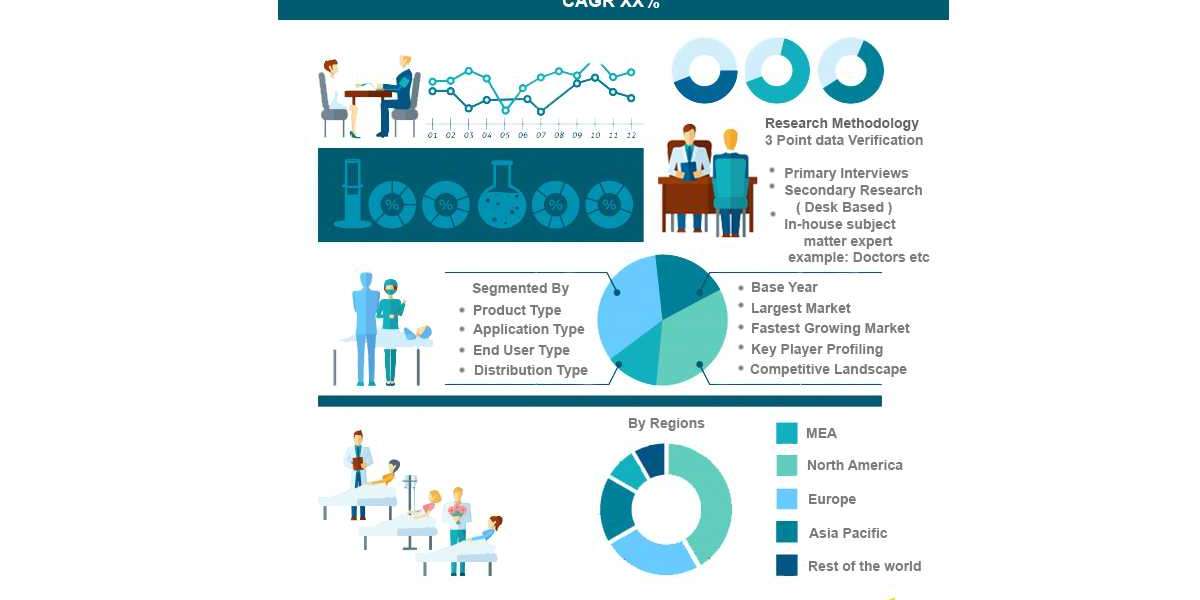Understanding Embroidery Digitization and Its Importance
Embroidery has always been a popular form of decorative stitching on fabric. The art of embroidery involves creating intricate designs and patterns using thread and needles. As technology advances, embroidery digitization has emerged as a vital process for converting images and designs into formats suitable for embroidery machines. This article explores embroidery digitization, its benefits, and how it has transformed the embroidery industry.
What is Embroidery Digitization Process?
Embroidery digitization is the process of transforming a design or image into a digital file that embroidery machines can understand. The digitized file contains specific instructions for the machine on how to stitch the design, including thread colors, stitch types, and the order in which to sew each part of the design. This process requires specialized software and skills to ensure the design is rendered accurately for embroidery.
The first step in embroidery digitization is selecting the design that needs to be converted. This could be a logo, artwork, or any other image. Once the design is chosen, the digitizer uses software to create a stitch file, which outlines the details of how the design will be stitched onto the fabric.
Why is Embroidery Digitization Important?
Embroidery digitization plays a crucial role in modern embroidery production. Here are several reasons why it is essential:
- Accuracy and Precision: The digitization process ensures that designs are stitched with high accuracy and precision. This level of detail is crucial for creating professional-quality embroidered items.
- Consistency: Once a design is digitized, it can be reproduced consistently. This consistency is vital for businesses that require matching items, such as uniforms or promotional materials.
- Efficiency: Digitizing designs streamlines the embroidery process, making it faster and more efficient. With the right digitized file, machines can quickly produce high-quality embroidery without the need for manual adjustments.
- Customization: Embroidery digitization allows for endless customization options. Businesses can easily modify existing designs or create entirely new ones to suit their branding needs.
- Cost-Effectiveness: While there is an initial cost associated with digitizing a design, it ultimately saves time and money in production. Efficient processes reduce labor costs and material waste.
Types of Digitized Designs in Embroidery
Embroidery digitization can cater to various types of designs, each with its unique characteristics. Here are some common types of digitized designs:
- Text-Based Designs: These include names, slogans, or any other text elements. Text can be easily digitized to fit various font styles and sizes.
- Logos: Logos are one of the most common digitized designs. The digitization process ensures that the logo retains its shape, color, and details when embroidered.
- Artwork: Custom artwork or illustrations can also be digitized. This type of design often requires more complex digitizing techniques to capture intricate details.
- Monograms: Monograms are personalized designs that combine letters, often used in fashion items like bags and shirts. These designs are easily digitized for unique personalization.
- Patterns: Repetitive patterns, such as florals or geometric shapes, can be digitized to create beautiful embroidered fabrics.
How to Choose the Right Digitizing Service Provider
Selecting a reliable embroidery digitizing service provider is crucial for achieving high-quality results. Here are some factors to consider:
- Experience: Look for providers with a solid track record in the industry. Experienced digitizers will have a better understanding of different fabrics and embroidery techniques.
- Portfolio: Review their portfolio to see examples of their previous work. A good provider should be able to showcase a variety of designs and styles.
- Turnaround Time: Consider how quickly the service can deliver the digitized files. Quick turnaround times are essential, especially for businesses with tight deadlines.
- Customer Service: Effective communication is vital. A good provider should be responsive and willing to address any questions or concerns.
- Pricing: Compare prices among different service providers. While cost is essential, prioritize quality and reliability over the lowest price.
The Benefits of Using Professional Digitizing Services
While some businesses may consider digitizing designs in-house, professional embroidery digitization services offer numerous advantages:
- Expertise: Professional digitizers have the skills and knowledge necessary to create high-quality digitized files. They understand the nuances of different fabrics and how stitches interact.
- Time Savings: Outsourcing digitization allows businesses to focus on other aspects of production, saving time and resources.
- Access to Advanced Technology: Professional services often use advanced software and technology, resulting in superior quality digitized files.
- Trial and Revision Options: Many digitizing services provide opportunities for revisions and trials. This flexibility ensures that the final design meets the client’s expectations.
- Support and Guidance: Professional services often offer support throughout the process, providing guidance on design selection, fabric choices, and more.
Common Mistakes in Embroidery Digitization
While digitizing designs, it’s essential to avoid common mistakes that can lead to unsatisfactory results. Here are some pitfalls to watch out for:
- Ignoring Fabric Types: Different fabrics require different stitch types and densities. Ignoring this can result in poor embroidery quality.
- Overcomplicating Designs: While intricate designs can be beautiful, overly complex designs can lead to issues in stitching. Simplicity often yields better results.
- Neglecting Testing: Always test the digitized design on a sample fabric before full production. Testing allows for adjustments and ensures the design stitches correctly.
- Not Considering Thread Types: Different threads behave differently during stitching. It's essential to consider the type of thread to achieve the desired results.
- Skipping Proper Digitizing Software: Using subpar software can compromise the quality of the digitized files. Invest in reputable digitizing software for the best results.
The Future of Embroidery Digitization
The embroidery digitization landscape continues to evolve with technology. Here are some trends to watch for in the future:
- 3D Embroidery: Advances in technology are enabling more sophisticated 3D embroidery effects, adding depth and texture to designs.
- Eco-Friendly Options: As sustainability becomes a priority, digitizers may focus on eco-friendly threads and fabrics, promoting environmentally responsible practices.
- Enhanced Software: New software developments will likely improve the digitizing process, making it easier for businesses to create complex designs efficiently.
- Increased Automation: Automation in embroidery machines is expected to rise, leading to faster production times and improved accuracy.
- Integration with E-Commerce: As more businesses shift online, digitizing services may integrate directly with e-commerce platforms, simplifying the ordering process for customers.
Conclusion: The Importance of Embroidery Digitization
Embroidery digitization is a vital process that transforms designs into beautiful embroidered pieces. By understanding its importance and how to navigate the digitization process, businesses can create high-quality, customized embroidered products. Whether for promotional items, uniforms, or personal gifts, digitizing embroidery designs ensures accuracy, efficiency, and creativity. By leveraging professional embroidery digitization services, businesses can elevate their offerings and stand out in a competitive market.









